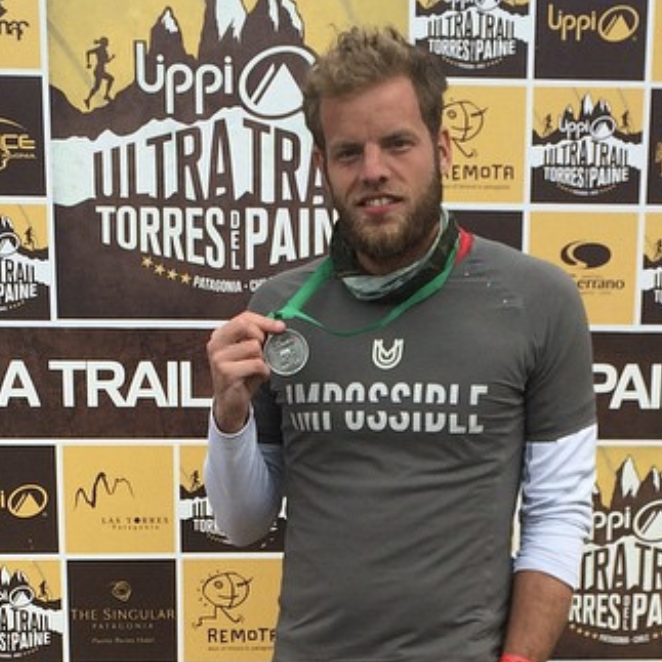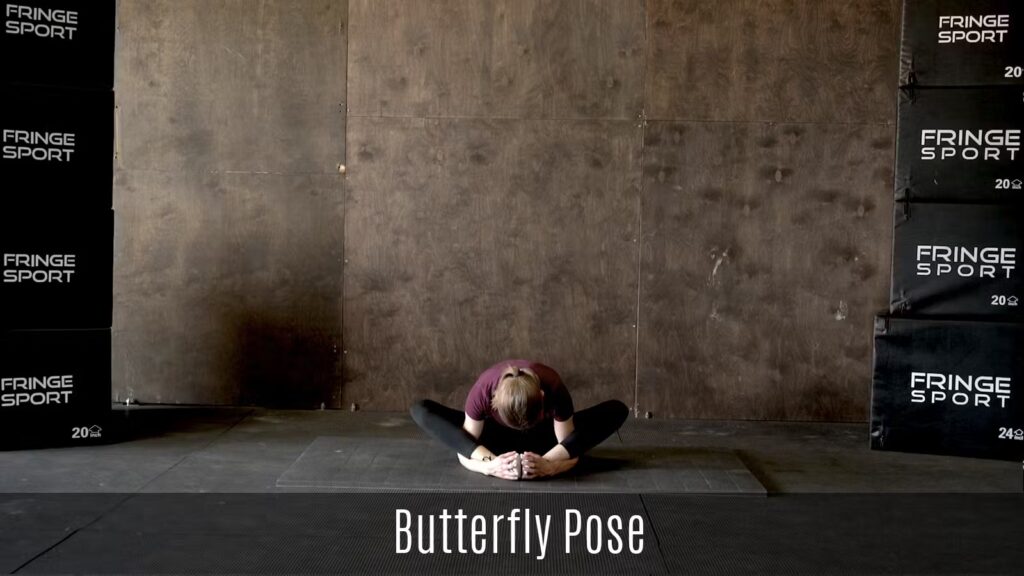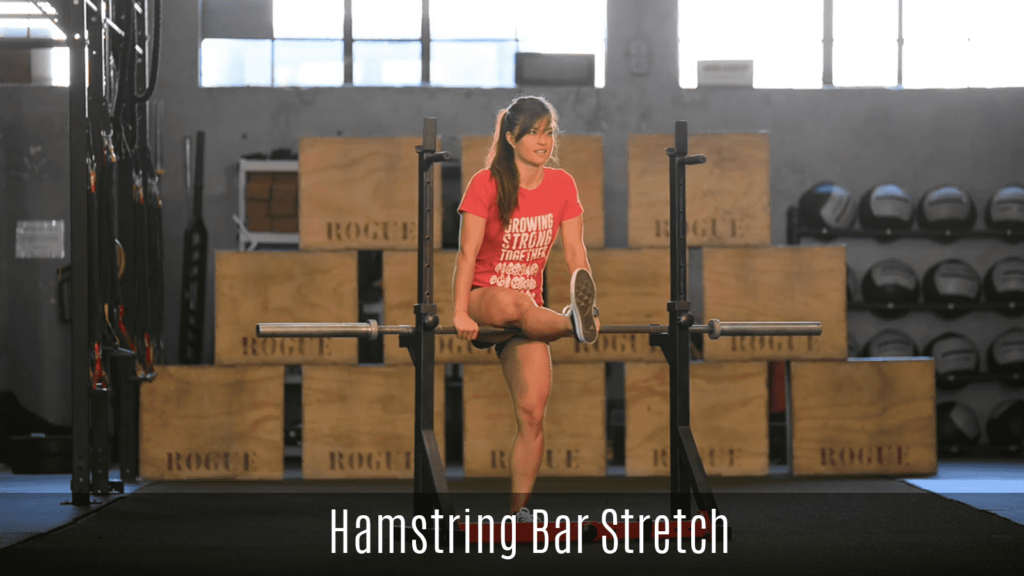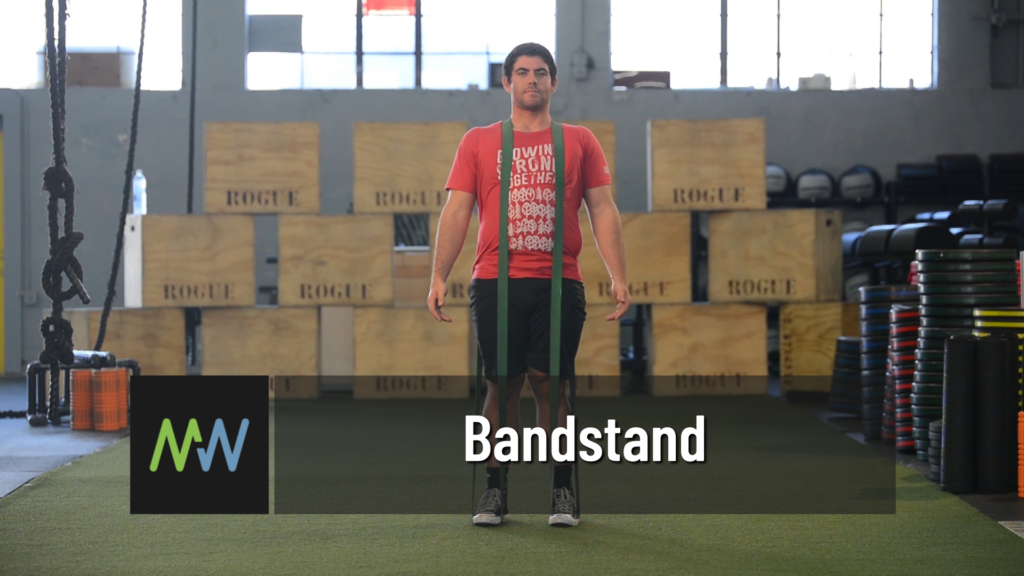Most people may be familiar with the air squat and the back squat, but have you ever heard of the bear squat? This is a less-commonly known squat variation, but that doesn’t mean that it is not worth throwing it into your warm up routine or workout every now and then. It is a great movement that will help target your lower body, upper body, and core ensuring that the muscles are either warmed up or getting stronger with every rep. Now, who can complain about that?
To move into the bear squat, you have first got to be comfortable coming into the downward facing dog. If you need a refresher about this common yoga pose, check out our movement tutorial. Once you are comfortable with that movement, you’ll sit back into the bear squat. Let’s dive deeper into this unique pose and cover movement basics, the benefits of this squat variation, and ways to modify it if necessary.
What is the Bear Squat?
The bear squat only requires your own body weight to perform. These are some of our favorite types of movements to suggest because there’s no special requirements or equipment that you need to do them. If you are stuck in a place with no gym access or just need an accessible workout on the go, remember these bear squats. They are a true full-body movement.
To perform these, you will first come into downward facing dog. We suggest finding this position by starting in a plank position with your hands placed under your shoulders and body in a straight line. From here, push the hips up and back towards the ceiling. This is downward dog.
Once you have found downward dog, bend your knees and slowly bring them to hover a couple of inches off of the floor. At this position, your chest should be close to touching the tops of your thighs. Your arms are still extended fully in front of you pressing firmly into the ground. Pause for a moment in this bottom position.
Push through your feet and your hands and come back to downward dog and then into the starting plank position. This is one rep. Complete a few if using this movement as a warm up or complete your desired number of reps if doing these in a workout.
Bear Squat Benefits
We love all squat variations for building strength in the legs. Whether it is an air squat, back squat, front squat, single leg squat, or bear squat – they are all beneficial for developing strength in the lower body. But what sets the bear squat apart from the rest?
Most obviously, this squat variation is performed on all fours. With other squats you are most often standing on at least one leg, this movement is performed on the feet and hands. This differing position puts more tension on the core and arms. This means that you’ll not only get the benefits of increased leg strength, but you’ll also work out the muscles in your arms and build strength and stability in the core.
Not only is this a full body movement, but it also requires absolutely no extra equipment. If you need a movement for an at-home workout or a workout while on the road, we definitely recommend the bear squat. Pair any workout routine with a well-fueled nutrition plan to receive the ultimate benefits of all of your hard work.
Bear Squat Modifications
Feeling comfortable in downward facing dog is an important step in properly completing this movement with good form. If you don’t yet feel comfortable in down dog, take time to practice that movement. Start in a plank position, push back into downward dog, hold for a set amount of time, and then come back into plank. Master this first before moving into the bear squat.
Once you have done that, it is time to attempt the bear squat. If the full range of motion bear squat does not feel attainable for you, the way to modify it is to not go as deep into the squat. Instead of bringing the knees just a couple of inches off of the floor, drop them about halfway down instead. Work to this depth until you feel comfortable and then try to drop it a little lower next time. If you practice this consistently, chances are you’ll build up the strength and flexibility to perform the full range of motion squat.
Another modification for this movement is to elevate your hands. Instead of working with your hands on the ground, place them on an elevated sturdy surface like a couch or heavy chair. Be sure that whatever you choose to use, that it won’t move as you apply force into it. Elevating your hands should take some of the strain off of the wrist and tension off of the arms making the movement more accessible for all.
Starting in a tabletop position, press up and back into a downward-facing dog. Once in position, slowly bend the knees until they are inches away from the floor. Press through the arms and allow the head to draw through the shoulders.



